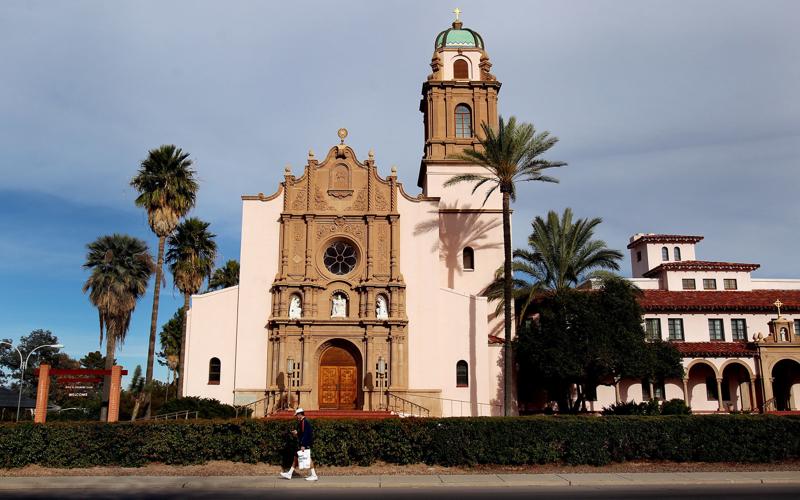Let me paint a totally hypothetical scenario for you, dear reader.
A midsize city with a modest architectural history finds itself at a crossroads. One of its few local landmarks — beloved by the entire community — comes up for redevelopment. On one side, neighbors and concerned citizens want the site preserved and their property values maintained. On the other, local developers, who have every right to build whatever the market demands, see an opportunity to repurpose a prime piece of real estate with apartments, retail concepts or — oy — student housing.
Adding to the conflict, the city council does its best to put on a cape and save the day but its desire to retroactively deem the site historic is probably too little too late.
Again, this scenario is totally hypothetical. Could never happen here, right?
As neighbors, developers and the city continue to think of their own interests, I’d like to call a quick timeout in order to pose a question.
Do you realize the incredible opportunity you have here?
Do you realize you have the opportunity to make a landmark even greater? To make this property something truly iconic, far beyond your personal interests. You have permission to throw out the old rules and make something new and distinctive. But it requires your collaboration, so I have two words for you:
Think bigger.
The developers seem anchored to ideas that keep the history of the monastery at an arm’s length, never fully embracing the possibilities of what a 21st century vision of property could look like. Why not dare to create something that stands alongside the High Line in New York or the Wynwood Walls in Miami? Why not dare to create something that the neighborhood and city would actually be proud of, while fulfilling commercial interests? Let me also warn you, there is a student housing bubble and it’s coming fast. Just look at the flattening number of college aged consumers coming in the next 10-15 years.
Think bigger.
The city doesn’t seem to be capable of spurring small business development beyond the vape pen economy of cannabis dispensaries, fast food joints and tattoo parlors. They lost interest long ago — assuming they had it in the first place — in creating a sensible city development plan that incorporates the needs of the many while positioning Tucson for jobs, neighborhood preservation and infrastructure demands. In other cities, these interests aren’t competing, they’re complementary.
Think bigger.
But the city doesn’t deserve all the blame. If the developers proposed a Circle-K Polar Pop superstore, I believe the Tevas-and-socks crowd in Miramonte would still welcome that before student housing. I grew up in Sam Hughes, I attended mass at the Monastery. I don’t want to see monstrous apartments on that site either, but unless neighbors have a more attractive alternative to present to the developers, you will lose this one.
Think bigger.
I believe that most Tucsonans want to see their city change with the times, without losing its personality. I also believe that most Tucsonans want to strive for access, inclusion and fairness. But maybe those thoughts are better left for a hypothetical scenario.





